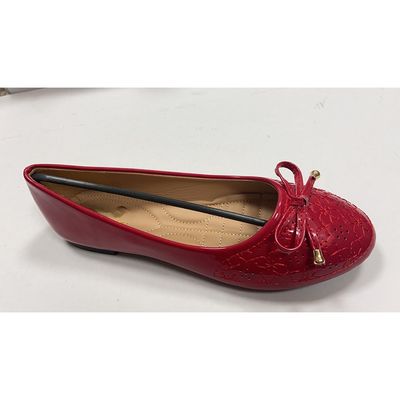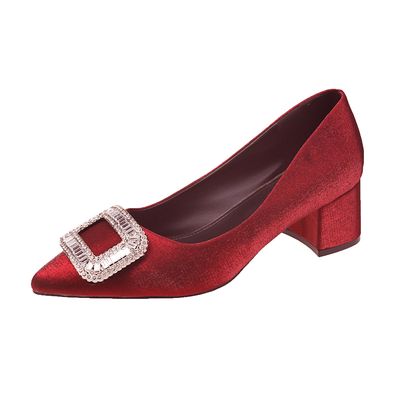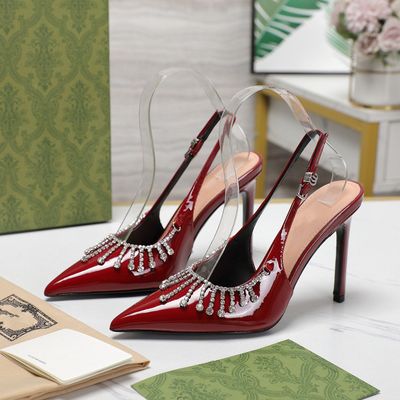


Shoes are more than just a fashion statement—they’re a blend of craftsmanship, technology, and innovation that protect and comfort our feet daily. As a manufacturer dedicated to creating high-quality footwear, we take pride in the intricate process that transforms raw materials into a finished pair of shoes. In this article, we’ll walk you through the shoe manufacturing process, revealing the skill and precision behind every step. Whether you’re curious about how shoes are made or exploring ways to optimize production, this guide has you covered.
What Is the Shoe Manufacturing Process?
The shoe manufacturing process involves designing, cutting, assembling, and finishing materials to create durable and stylish footwear. From leather sneakers to rubber boots, the journey from concept to completion combines traditional techniques with modern machinery. Each stage requires careful attention to detail to ensure the final product meets quality standards and customer expectations.
Step 1: Design and Conceptualization
Every great pair of shoes starts with a vision. Designers sketch ideas based on trends, functionality, and target audiences—think casual loafers for urban dwellers or sturdy work boots for rugged terrains. Using digital tools or hand-drawn templates, they create patterns that outline the shoe’s shape, size, and style. This blueprint guides the entire manufacturing process, ensuring consistency across production.
Step 2: Material Selection
The choice of materials defines a shoe’s look, feel, and durability. Common options include:
Leather: Offers flexibility and a premium finish.
Synthetic Fabrics: Lightweight and cost-effective for athletic shoes.
Rubber: Ideal for soles, providing grip and resilience.
Textiles: Used for linings or breathable uppers.
Sustainability is also a growing focus, with manufacturers exploring eco-friendly alternatives like recycled plastics or plant-based fibers. Once selected, materials are inspected for quality before moving to production.
Step 3: Pattern Cutting
With the design finalized, patterns are traced onto the chosen materials. Precision cutting—either by hand or with automated machines—ensures each piece fits perfectly. For example, the upper (the top part of the shoe) and the sole are cut separately, tailored to specific sizes. This stage sets the foundation for a well-constructed shoe, minimizing waste and maximizing efficiency.
Step 4: Stitching and Assembly
Next, the cut pieces are stitched together to form the shoe’s upper. Skilled workers or advanced sewing machines join the material, adding reinforcements like toe caps or heel supports where needed. Linings and padding are also sewn in to enhance comfort. This step requires expertise to ensure seams are strong and aesthetically pleasing.
Step 5: Lasting
“Lasting” is a critical phase where the upper is shaped into a three-dimensional form. A mold called a “last”—typically made of plastic or wood—is inserted into the upper, giving it the shoe’s final shape. The material is stretched and secured over the last, often with adhesives or tacks, to create a snug fit. This process determines the shoe’s comfort and silhouette.
Step 6: Sole Attachment
The sole is the foundation of any shoe, and attaching it is a meticulous task. Depending on the design, soles are either:
Stitched: For durability, common in leather dress shoes.
Glued: Using strong adhesives, popular for casual or athletic footwear.
Vulcanized: Heat-treated rubber fused to the upper, ideal for sneakers.
Advanced machinery ensures a seamless bond, while quality checks confirm the sole’s alignment and strength.
Step 7: Finishing Touches
Once assembled, shoes undergo finishing to enhance their appearance and functionality. This includes:
Polishing or cleaning the surface.
Adding laces, buckles, or decorative elements.
Applying waterproof coatings or protective treatments.
Every detail is refined to deliver a polished product ready for wear.
Step 8: Quality Control
Before shoes leave the factory, they face rigorous testing. Inspectors check for defects like loose stitching, uneven soles, or material flaws. Some pairs are even tested for durability—simulating months of wear in minutes—to ensure they meet high standards. Only flawless shoes make it to the packaging stage.
Step 9: Packaging and Distribution
The final step is preparing shoes for the market. They’re cleaned, paired, and packed into boxes with branding and sizing details. From there, they’re shipped to retailers or customers worldwide, ready to step into everyday life.
Why the Shoe Manufacturing Process Matters
Crafting shoes isn’t just about production—it’s about balancing quality, cost, and innovation. A well-executed process ensures footwear that’s comfortable, long-lasting, and stylish, meeting the diverse needs of wearers. As manufacturers, we strive to refine each stage, incorporating sustainable practices and cutting-edge technology to stay ahead in the footwear industry.
The Future of Shoe Making
Automation and eco-conscious trends are shaping the future of shoe manufacturing. Machines now handle repetitive tasks like cutting and stitching with precision, while 3D printing allows for custom designs. Meanwhile, demand for vegan leather and recyclable materials is pushing the industry toward greener solutions. The result? Shoes that are as kind to the planet as they are to your feet.
Conclusion
The shoe manufacturing process is a fascinating journey from raw materials to wearable art. Each step—designing, cutting, assembling, and finishing—reflects a commitment to quality and craftsmanship. Whether you’re a footwear enthusiast or a business owner exploring production, understanding this process highlights the expertise behind every pair.
Ready to step into the world of shoe making? Discover how innovative manufacturing techniques can create footwear that stands out in style and performance.
Article link:https://www.vlefooena.com/manufacturer/2905

No reply content